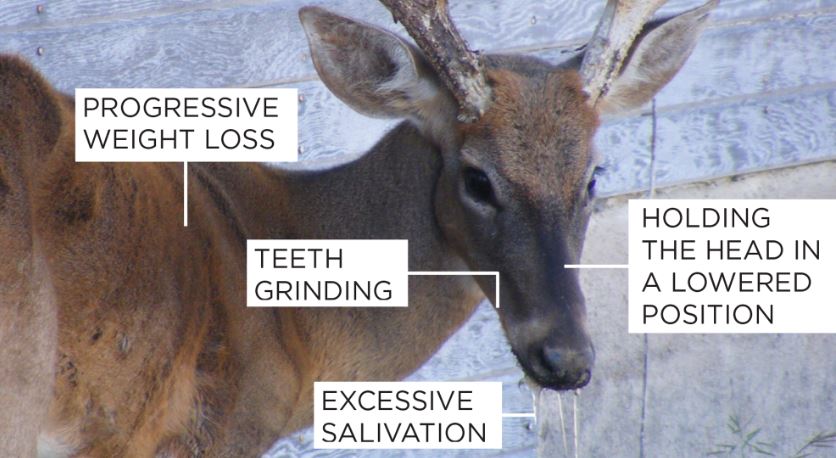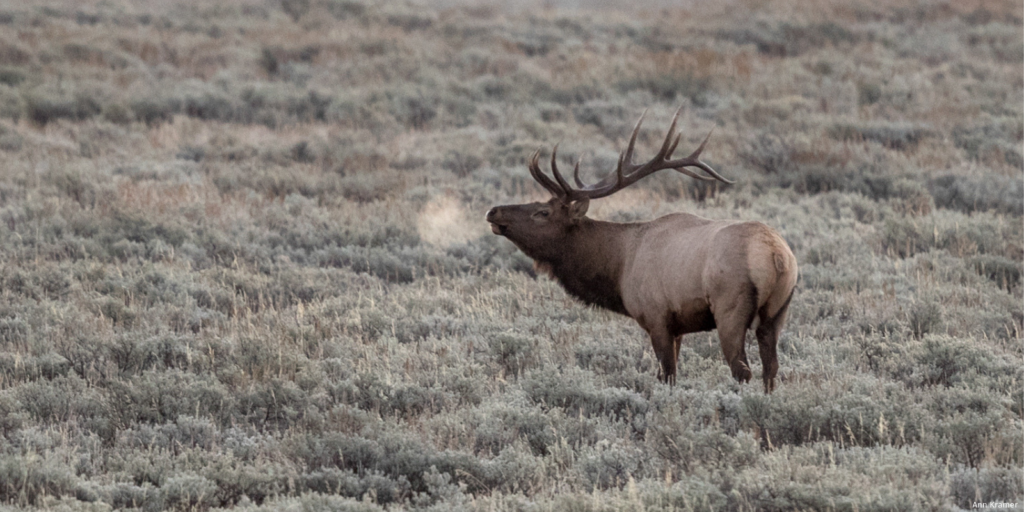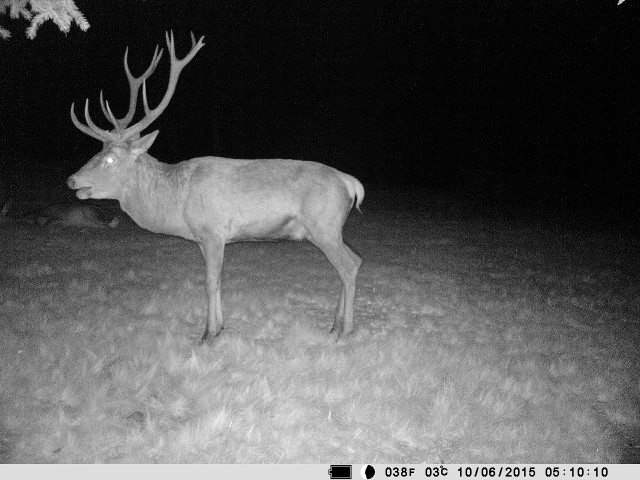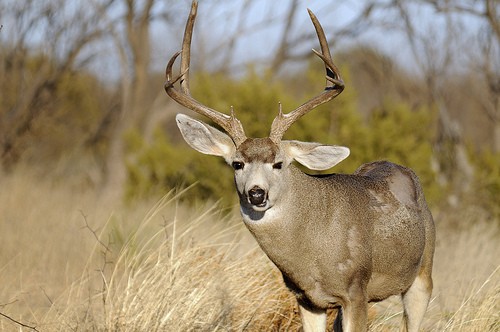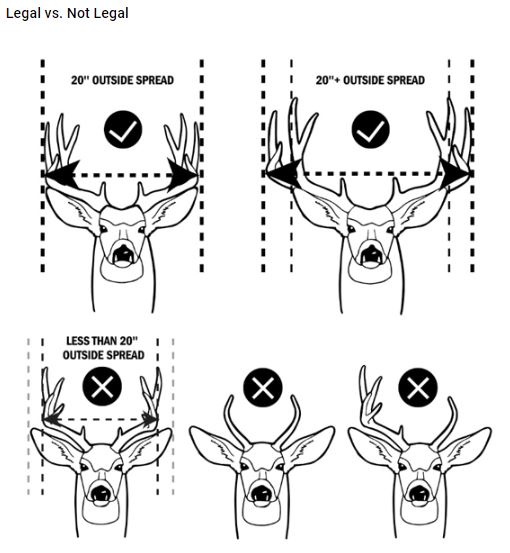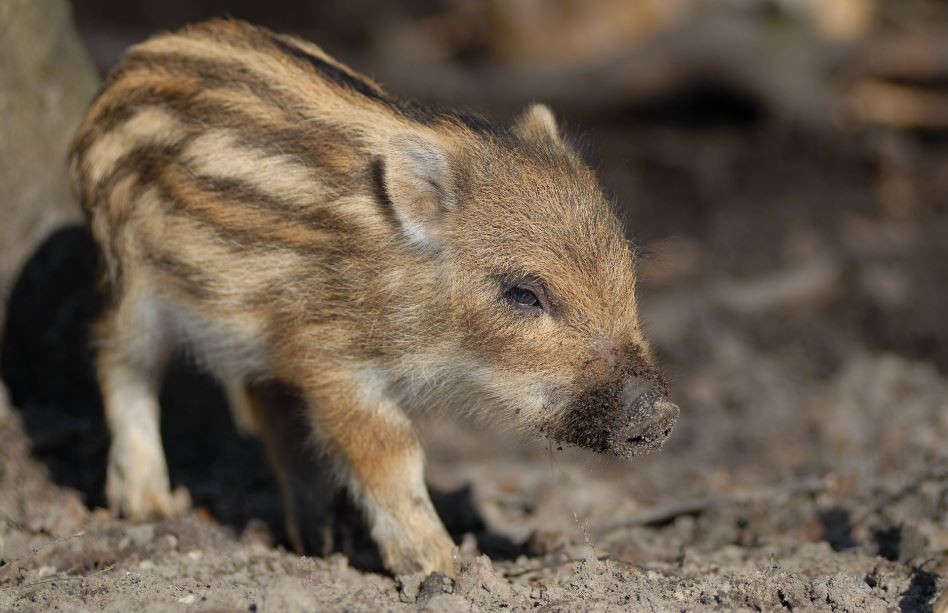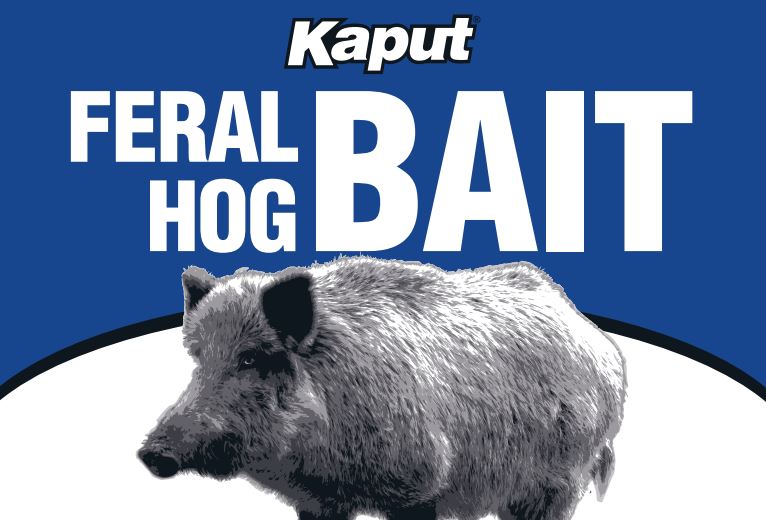CWD in Kaufman County!
It looks like CWD in Kaufman County has become a reality. Chronic Wasting Disease (CWD) was detected on a high fence release site in Kaufman County. This is the first positive detection of CWD in a white-tailed deer in the county.
The buck, harvested at a high-fence release site located in a CWD Surveillance Zone, was delivered to a Hunt County CWD check station in compliance with surveillance zone requirements. Texas Parks and Wildlife Department (TPWD) and Texas Animal Health Commission (TAHC) received notice of the CWD-positive test result from the Texas A&M Veterinary Medical Diagnostic Laboratory (TVMDL) on November 14.
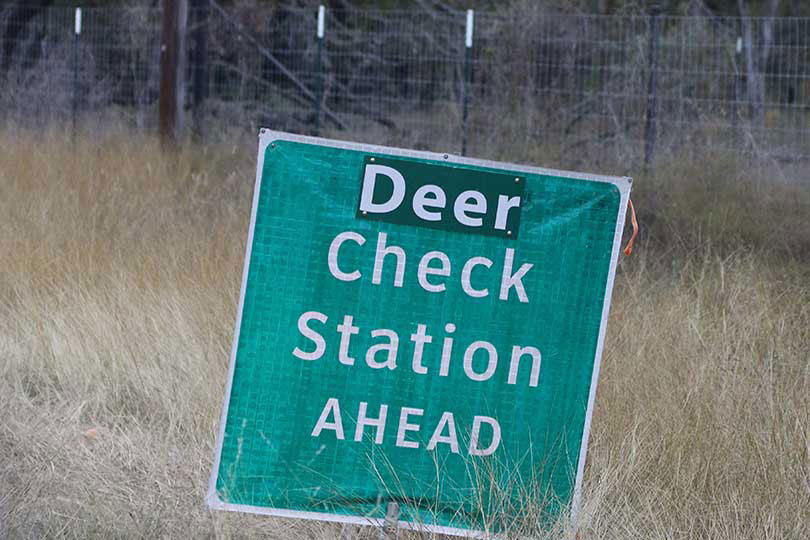
Prior to this detection, the high-fence release site was identified as a “trace herd” property to the Hunt County CWD-positive deer breeding facility reported on March 31, 2021, meaning deer were transferred from the Hunt County facility to this release site prior to discovery of CWD in that facility. 0
Plans to conduct additional CWD investigations are underway. Additional deer could have CWD in Kaufman County. Hopefully, that is not the case.
CWD Transmission in Kaufman County
“The incubation period of CWD can span years, creating disease detection and management challenges as seen in this recent detection,” said Andy Schwartz, TAHC Executive Director and State Veterinarian.
Animal health and wildlife officials will continue investigations to determine the extent of the disease within deer within the property and mitigate risks to Texas’ CWD-susceptible species. Adequate surveillance and quick detection of CWD can help mitigate the disease’s spread.
“The discovery of CWD in Kaufman County on this ranch is an unfortunate situation that TPWD and TAHC take very seriously,” said John Silovsky, TPWD Wildlife Division Director. “Both agencies will respond appropriately to this matter to protect the state’s susceptible species from further disease exposure. Hunters are reminded of the requirement to bring their harvested deer to the check station within 48 hours of harvest.”
Testing for CWD in Texas
First recognized in 1967 in captive mule deer in Colorado, CWD has since been documented in captive and/or free-ranging deer in 30 states and three Canadian provinces. To date, 420 captive or free-ranging cervids — including white-tailed deer, mule deer, red deer, and elk — in 17 Texas counties have tested positive for CWD. Unfortunately, the list continues to grow.
Testing for CWD allows wildlife biologists and animal health officials to get a clearer picture of the prevalence and distribution of the disease across Texas. Proactive monitoring improves the state’s response time to a CWD detection and can greatly reduce the risk of the disease further spreading to neighboring captive and free-ranging populations.
This confirmation is a good reminder to those hunting in CWD surveillance and containment zones to know the submission requirements for CWD susceptible species. Additionally, hunters outside of established surveillance and containment zones are encouraged to voluntarily submit their harvest to TPWD for testing at a check station, for free, before heading home from the field. The presence of CWD in Kaufman County was found through mandatory zone testing, but voluntary testing can also help TPWD know where CWD is and is not.
